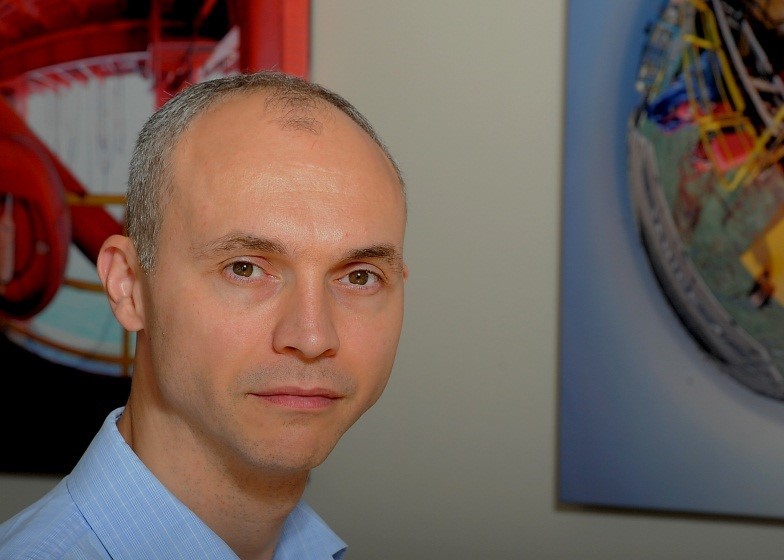
As a business we’re a glass half full kind of place, a collective mindset that I believe has helped sustain us over recent years and ensured the continued commitment to the R&D behind our technology and the evolution of our team in the face of adverse market conditions.
At the time of writing, 2018 is a mere 10 days away and I am optimistic. There are most definitely positive indicators and, importantly I believe, tangible strategic shifts in the ways, as an industry, oil and gas is working in the new normal – developments for which technology has been a central feature.
Exactly 12 months ago, my colleague used a quote from KPMG in this column relating to the state of our industry. It stuck with me for its near double negative qualities – “things have stopped getting worse”. In the intervening months, discourse has changed and glass half empty statements have made way for those of a more positive disposition.
Of course there are still challenges; capital spending, exploration and appraisal are all anticipated to fall; the market is very sensitive to disruption and over supply while investment is eagerly required. However, until the recent closure of the Forties pipeline, production in 2017 looked set to increase on the previous year, M&A activity increased four-fold and statistics show a confidence that the worst is over, or at least will be within the next 12 months.
We must not become complacent, these are not minor challenges but nor can we underestimate the seismic changes achieved. Operating costs have halved to $15.30 a barrel, but for me it is the changes that are harder to measure and produce statistics from, the changes we have actualised and are moving towards in the very way we are doing business, that are our real success.
In parallel, it has been a phenomenal year for technology. Oil and gas has become braver, the drive for automation and digitisation have gathered real momentum. The tech to market time frame is decreasing exponentially and no longer is the race to be second; operators are most definitely along for the ride.
In 2017 we witnessed divestment from established operators attracting new blood into the North Sea with a mission to extend the lives of mature fields and increase production – a real shift in North Sea dynamics. Leaving aside the fact that these new players in our CS bring with them new operational practices, Oil & Gas UK’s research on change of operating charge reveals the very act extends field life by an average of five years.
Commentators believe that the tax changes announced in the November budget on transferrable tax history will only encourage further deals during the coming year. With an estimated 20 billion BOE yet to be recovered, these changes are exciting when it comes to the potential of existing reserves in the UKCS; but the technological leaps being made and the changing approach to the way we are operating in our mature basin, will also have further reaching geographic implications.
For a business like Return To Scene, this is energising. Technology is front and central.
Statistics show that oil and gas is investing in technology and the establishment of the OGTC, Holyrood’s commitment to the IoT and Westminster’s pledge to increase R&D investment over the next 10 years are positive developments in support of this space.
Old industry hands will tell you changes endure until any upturn when bad habits creep back in. But, with my glass half full and with industry optimism returning, whether we are entering the second digital age or fourth industrial revolution, I believe there is collective understanding that we can’t look back.
We must move forward into 2018 and beyond with positivity and determination.
Wishing you all a healthy and prosperous new year.
Bob Donnelly is managing director, Return To Scene Ltd
Recommended for you
